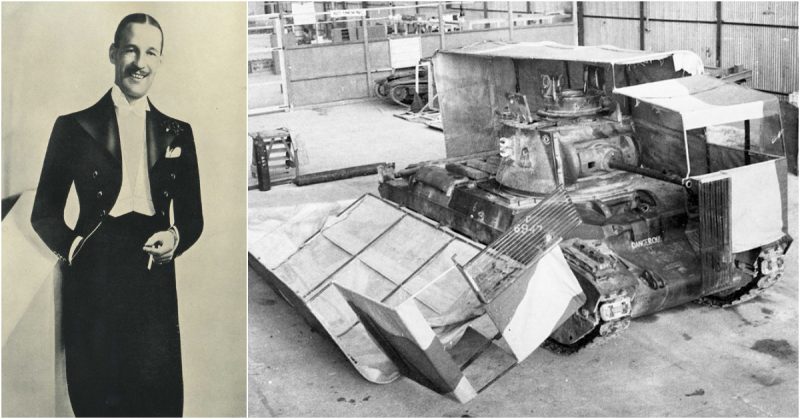Maskelyne was approached by Brigadier Dudley Clarke who asked whether he would consider adapting his skills for espionage with MI9 as part of ‘A Force’.
Before the Second World War, the Maskelyne family was a well-known British stage magician fixture. John Nevil Maskelyne invented the levitation trick while his son continued in his footsteps as a magician. John’s grandson, Jasper Maskelyne, was also a stage magician but became famous for his work with British military intelligence during the Second World War.
In the years leading up to the war, Maskelyne had a successful career in London. But the outbreak of war led to a drop in ticket sales which damaged his finances. He joined the army as a solution to his financial difficulties and soon reported for duty with the Camouflage Development and Training Centre on October 14, 1940.
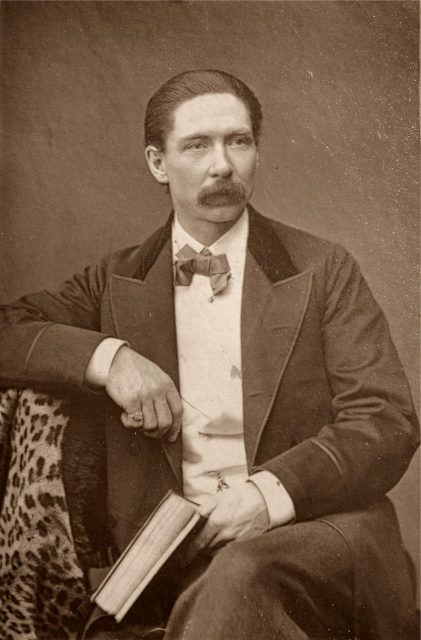
While this might seem like the best place for a trained and successful magician, his concepts were often met with disdain. Camouflage was developed and implemented in a clinical and methodical fashion, and magician trickery was not welcomed. Wanting to put his talents to use, Maskelyne found a new audience in an Inspector General.
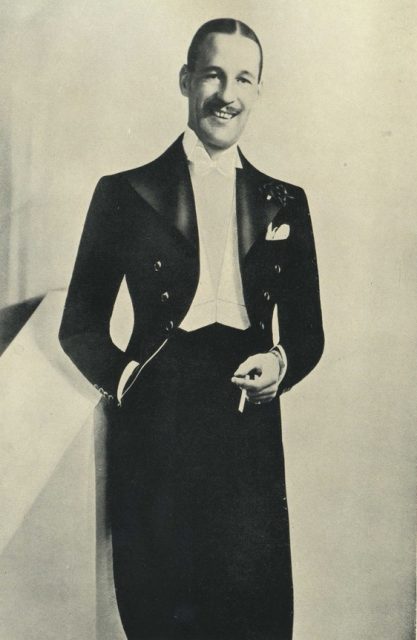
During a visit from the Inspector General, Maskelyne showed off his talents by disguising a machine gun bunker. The Inspector General was impressed with Maskelyne and signed him up for a tour of duty. Maskelyne arrived in Cairo in 1941 and was granted permission to form his own unit in exchange for performing for the troops.
After one such performance, Maskelyne was approached by Brigadier Dudley Clarke who asked whether he would consider adapting his skills for espionage with MI9 as part of ‘A Force’.
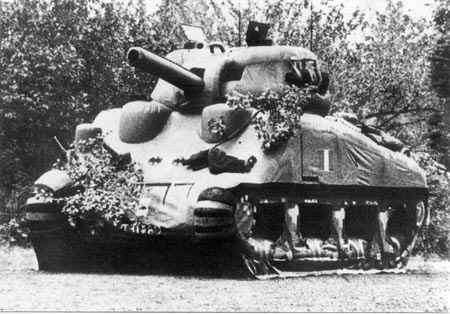
‘A’ Force was created by General Sir Archibald Wavell and specialized in deception to support MI9. ‘A’ Force was responsible for a number of deceptions and also conducted a series of lectures for soldiers.
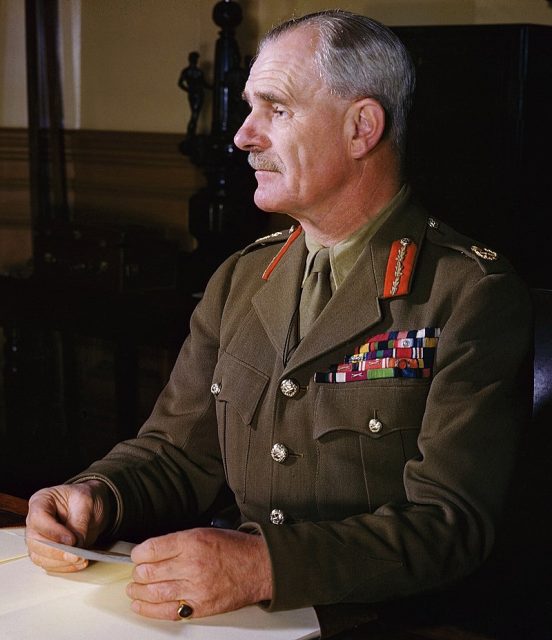
According to Maskelyne’s book–Magic: Top Secret–‘A’ Force and Maskelyne were responsible for a number of extravagant deceptions. One of the first feats was getting a sunshield devised by Wavell to work. The sunshield was made by stretching painted canvas over half a tank to disguise it. A British reconnaissance pilot was sent to fly over the covered tanks and was unable to spot them.
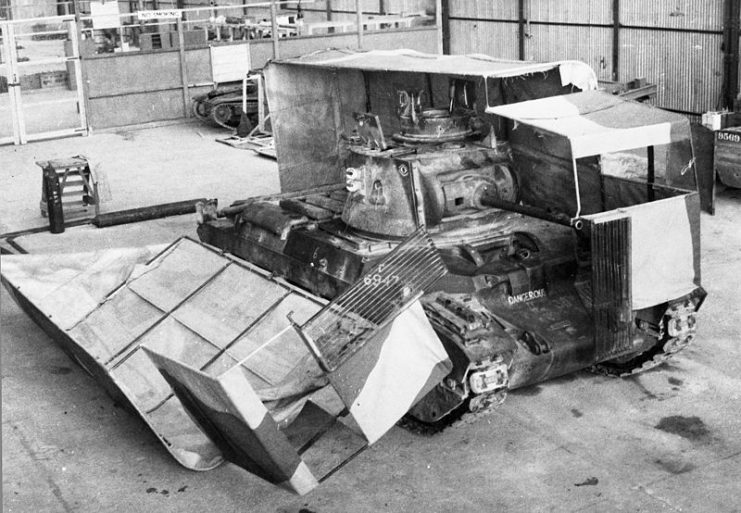
One of the biggest deceptions carried out by ‘A’ Force was during the protection of the city of Alexandria. ‘A’ force was assigned to conceal the harbor, but it was deemed as too large and had too many ships to be hidden. An alternative solution was devised, with Maskelyne tasked with constructing a fake city of Alexandria.
A decoy harbor was built at Maryut Bay using cardboard and mud. Lights were placed in the fake harbor along with explosives. When the Luftwaffe flew in to attack, Maskelyne blew up some of the fake buildings and ships in his fake harbor. This led the pilots to believe that they had successfully dropped their bombs on the city, leaving the real Alexandria left intact.
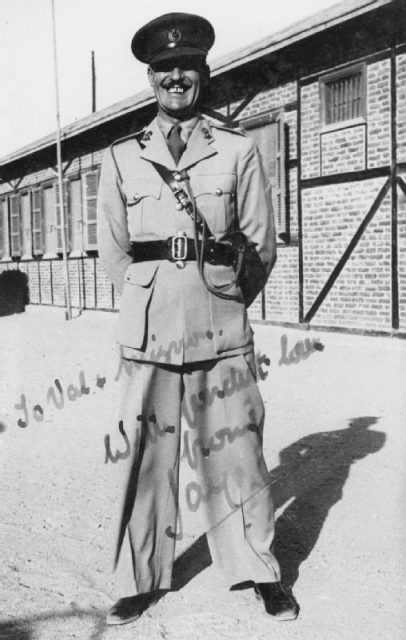
After successfully deceiving Luftwaffe bombers at Alexandria, ‘A’ Force was recruited to make the Suez Canal disappear. This was achieved using 21 searchlights to form a chain along the entire length of the canal. When the lights were turned on, they created a swirling light that reached more than 100 miles into the sky and prevented Luftwaffe aircraft from attacking Allied ships passing along the channel.
One of ‘A’ Force’s greatest deceptions came at El Alamein. Field Marshal Erwin Rommel had conquered parts of North Africa and the British wanted to take them back. Field Marshall Bernard Montgomery sought to reclaim was El Alamein since it was a strategic point for controlling North Africa. The problem was that Rommel would be able to see them coming and they needed the element of surprise.
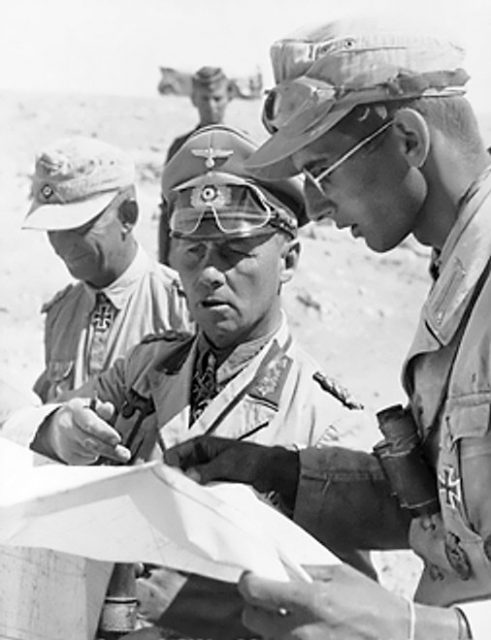
Montgomery planned to attack El Alamein from the north, while Maskelyne was ordered to make it appear that the attack was coming from the south. Using canvas and painted plywood, Maskelyne was able to make British trucks look like tanks in the south. Meanwhile, the actual tanks in the north were disguised to look like trucks.
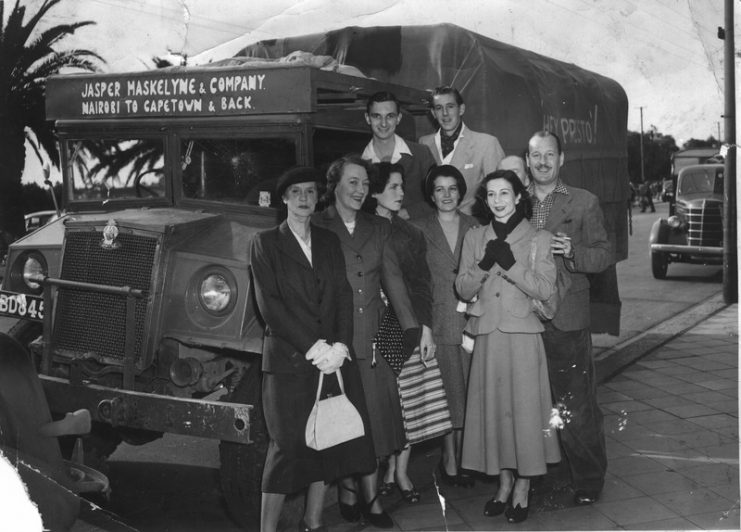
The deception was enhanced by laying imitation tank tracks marks in the desert to ensure that the Germans believed the British tanks were to the south. They also created fake radio transmissions, imitated construction sounds, and built a fake water pipeline. Additionally, Maskelyne claimed to have invented inflatable tanks for this deception, but there is no proof backing up this claim.
Read another story from us: The Desert Fox: A Formidable Adversary – Even To His Own Side
The deception worked successfully and Montgomery was able to attack with the Eighth Army from the north and win the battle of El Alamein.
‘A’ Force was disbanded soon after the battle. Meanwhile, Maskelyne was promoted to Major before the end of the war and was even added to the Gestapo Black List with a bounty placed on him. Maskelyne returned to England in 1946 and later moved to Kenya in 1948 where he lived until passing away at the age of 73.
